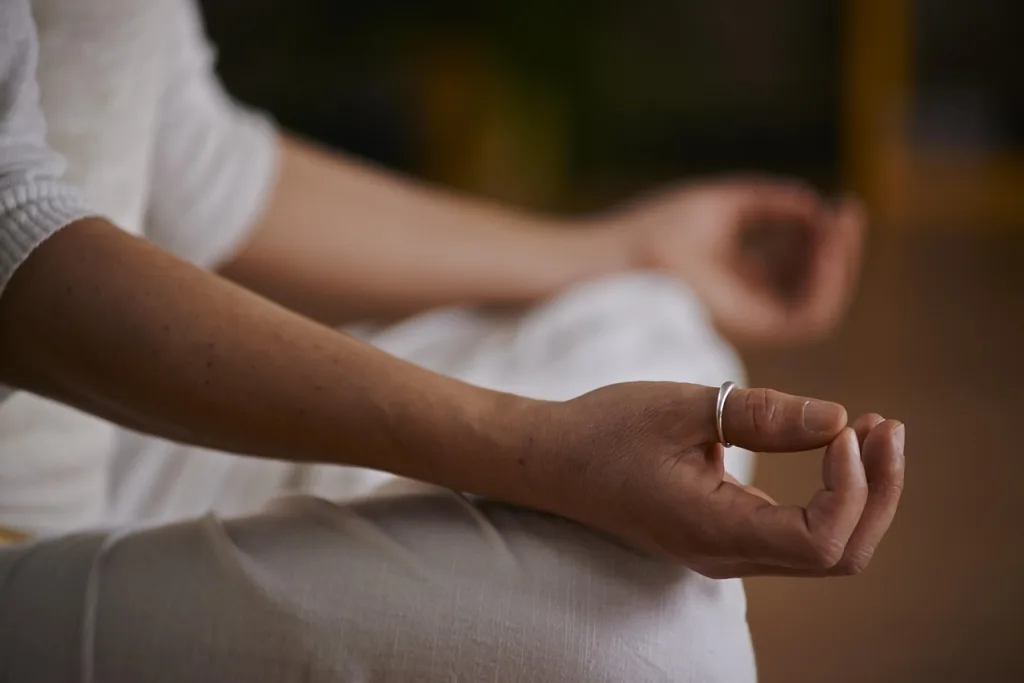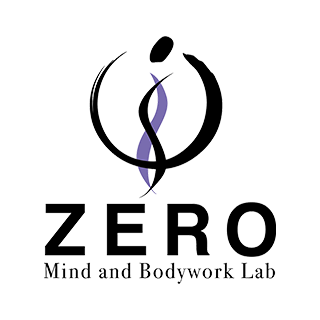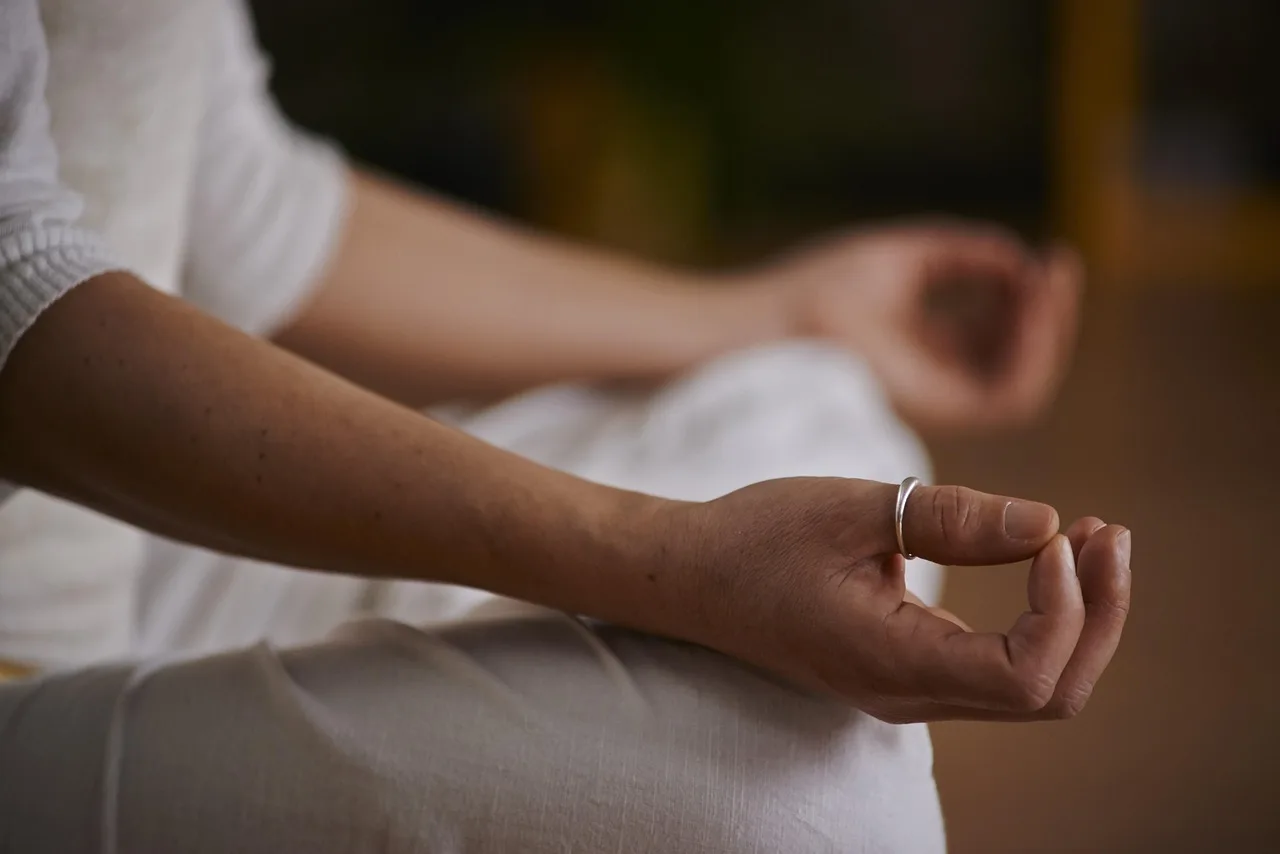Introduction
My name is Hidefumi Otsuka, and I offer Rolfing® sessions in Shibuya, Tokyo.
こThis three-part series has explored the question:
What can we learn from Rolfing to deepen our yoga practice, prevent injury, and enhance presence?
Part 1 addressed the body’s internal map (body schema). Part 2 focused on breath and tonic function. In this final installment, we examine the key concept of space, and how it illuminates the profound connections between yoga and Rolfing.

Yoga as Physical Preparation for ‘Sitting’
Since 2006, I have practiced Ashtanga Vinyasa Yoga. One of the first things my teacher, Tarik Thami, told me was:
“The purpose of yoga is to be able to sit for 20 minutes without discomfort.”
That statement radically changed my view of yoga. Poses are not exercises for flexibility—they are structural training to prepare the body for sitting and, ultimately, for meditation.
Why “20 minutes without strain”? Because in order to turn inward, the body must be structurally stable and sensorially quiet. If the body is unstable, awareness is drawn back to pain or discomfort, and meditation becomes difficult.
And yet, many practitioners report: “Sitting is painful,” “My shoulders or lower back hurt,” “My breathing is shallow.” The root of these issues is often a lack of structural and sensory integration.
Ida Rolf’s Interpretation of Yoga — Creating Space
To deepen this perspective, let me introduce the view of Ida Rolf, the founder of Rolfing.
“The principle aim of yoga asanas is to increase the space at bony interfaces (joints).” — Ida Rolf
“Slowly she realized that the asanas did not achieve length and separation of the joints…”
Rolf observed that when yoga poses are practiced unconsciously or with excessive emphasis on flexibility, joints and fascia often become compressed, reducing structural freedom.
Space in Yoga — The Somatic Philosophy of duhkha and sukha
In May 2013, I attended a yoga workshop in Japan taught by Leslie Kaminoff (hosted by Under the Light Yoga School). One concept that deeply impressed me was his explanation of the Sanskrit terms sukha and duhkha:
“Sukha means good space; duhkha means bad space. Yoga is the practice of expanding sukha and reducing duhkha.”
Here, kha means space.
- duhkha: a constricted space — pain, suffering
- sukha: an open space — ease, freedom, breathability
The Buddhist concept of suffering (dukkha) shares this same root.
Kaminoff’s phrase, “Yoga is the creation of space in the body to make breathing easier,” resonates strongly with the Rolfing perspective. It is the spacious body that breathes deeply and sits with ease.
When Poses Create Compression — Misuse and duhkha
In modern yoga, visual perfection often overrides somatic intelligence. As a result, internal space is frequently lost.
Examples:
- In Downward Dog, forcing the heels down can compress the lumbar spine.
- In Forward Bends, striving to touch the head to the knees can collapse the vertebral column.
- In Pigeon Pose, excessive asymmetry in the pelvis can restrict hip articulation.
These are all examples of how poses, misapplied, create duhkha rather than sukha.
Rolfing and Articulation — Awakening Spatial Awareness Through “In-Between”
During my Rolfing training in Munich, I frequently encountered the anatomical term articulation.
Though “joint” and “articulation” both refer to bodily junctions, their nuances differ:
- Joint derives from join—to connect or close a space.
- Articulation comes from articulate—to segment, define, or clarify, implying the presence of space.
Rolfing emphasizes evoking space within the body by awakening these articulations.
Rather than “correcting posture,” we focus on becoming aware of the space within. Not by using muscles to align, but by inhabiting an aligned state, allowing natural organization to emerge.
My Experience — How Space Supports Presence
Through combining Rolfing and yoga, my internal sense of space during poses has transformed:
- I can extend my spine without force, and my breath flows freely.
- I feel foundational space beneath my pelvis, supporting seated postures.
- My shoulders and rib cage feel more expansive, drawing my awareness inward.
These shifts arose not simply from opening joints, but from evoking inner spaciousness.
Presence is not about “holding the correct posture”—it is about being in a space that allows awareness to settle. This is the essence shared by both yoga and Rolfing.
Conclusion — The Shared Wisdom of Opening Space
- Yoga is the practice of cultivating sukha (open space) and relieving duhkha (constricted space).
- Rolfing brings articulation to the body—creating “in-between” spaces that foster integration and ease.
- Space is not created by force, but arises when structure and awareness move in harmony.
- Presence is the ability to reside in this open space, returning to the here and now without effort.
- To sit for 20 minutes without strain is not a goal, but a structural condition that allows meditation to arise naturally.
When the body is organized and spacious, breath deepens, awareness quiets, and presence emerges. Yoga and Rolfing together guide us back to this rediscovery of space.。
References
- Ida Rolf, Rolfing and Physical Reality
- Jeff Maitland, Embodied Being, Spacious Body
- Patanjali, Yoga Sutras

